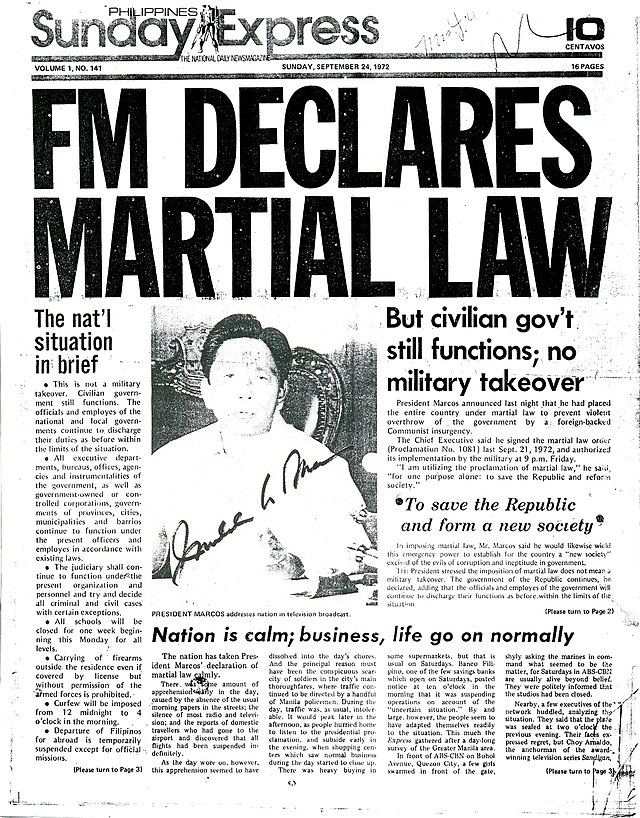News Articles Things To Know Before You Get This
Facts About News Articles Uncovered
Table of ContentsThe Main Principles Of News Articles News Articles for BeginnersLittle Known Facts About News Articles.The Buzz on News ArticlesThe Best Strategy To Use For News Articles
Good knowledge of various topics offers students an one-upmanship over their peers. Although digital and social media are conveniently easily accessible, we ought to not forget how crucial it is to review the newspapers. Moms and dads need to attempt and inculcate the routine of reading a newspaper as an everyday routine to continue the tradition of the revered print medium.Newspaper article likewise include at the very least one of the adhering to essential characteristics relative to the intended target market: proximity, importance, timeliness, human rate of interest, quirk, or consequence. The associated term journalese is in some cases used, generally pejoratively, to refer to news-style writing. Another is headlinese. Papers usually follow an expository writing style.
Within these restrictions, news tales also aim to be detailed. Among the larger and much more revered newspapers, justness and equilibrium is a significant variable in providing details.
Newspapers with a worldwide audience, for instance, have a tendency to use a much more official style of creating. The details selections made by an information electrical outlet's editor or editorial board are frequently gathered in a style overview; common design guides consist of the and the United States News Design Book. The primary goals of news writing can be summarized by the ABCs of journalism: accuracy, brevity, and clarity.
4 Easy Facts About News Articles Described
As a guideline, journalists will not make use of a long word when a brief one will certainly do. News authors try to avoid utilizing the very same word a lot more than when in a paragraph (often called an "echo" or "word mirror").
However, headlines sometimes omit the subject (e.g., "Jumps From Watercraft, Catches in Wheel") or verb (e.g., "Feline female lucky"). A subhead (also subhed, sub-headline, subheading, subtitle, deck or dek) can be either a secondary title under the primary heading, or the heading of a subsection of the post. It is a heading that precedes the major message, or a team of paragraphs of the main text.

of an article subject, informant, or interviewee), it is described as a drawn quote or pull quote. Extra signboards of any of these kinds might show up later in the short article (especially on subsequent web pages) to entice more reading. Journalistic web useful content sites occasionally use computer animation strategies to exchange one billboard for one more (e.g.
Not known Incorrect Statements About News Articles
Such billboards are likewise utilized as tips to the post in other areas of the magazine or site, or as promotions for the item in various other magazine or sites. Press release of the Swiss federal government. Typical structure with title, lead paragraph (recap in vibrant), various other paragraphs (information) and get in touch with details.
Instance of a hard-lead paragraph NASA is proposing another space job. The budget demands roughly $10 billion for the task.
An "off-lead" is the second most vital front page information of the day. To "hide the lead" is to begin the article with history info or information of additional significance to the viewers, forcing them to check out even more deeply into a post than they ought to have to in order to uncover the essential points.
The 30-Second Trick For News Articles
Typical usage is that a person or 2 sentences each create their own paragraph. Reporters typically define the organization or structure of a newspaper article as an inverted pyramid. The essential and most interesting elements of a tale are placed at the start, with sustaining information following in order of lessening value.
It enables people to discover a topic to just the depth that their interest takes them, and without the charge of details or subtleties that they could think about irrelevant, however still making that information available to extra interested viewers. The moved here upside down pyramid framework additionally allows posts to be trimmed to any kind of approximate length during design, to suit the area available.
Some authors start their stories with the "1-2-3 lead", yet there are lots of kinds of lead learn the facts here now readily available. A kicker can refer to numerous points: The last tale in the information program; a "delighted" tale to finish the show.
Longer posts, such as magazine cover posts and the pieces that lead the within areas of a newspaper, are known as. Attribute tales differ from straight news in several ways. Foremost is the lack of a straight-news lead, the majority of the time. As opposed to supplying the essence of a tale in advance, feature authors may attempt to lure viewers in.
The smart Trick of News Articles That Nobody is Talking About
An attribute's very first paragraphs commonly relate an intriguing minute or occasion, as in an "unscientific lead". From the particulars of a person or episode, its sight rapidly expands to abstract principles regarding the story's subject.

The Editor's Toolbox: A Referral Overview for Beginners and Professionals (2001) Allan M. Siegal and William G. Connolly. The New York City Times Manual of Style and Use: The Authorities Style Guide Utilized by the Writers and Editors of the World's A lot of Authoritative Newspaper (2002) M. L. Stein, Susan Paterno, and R.